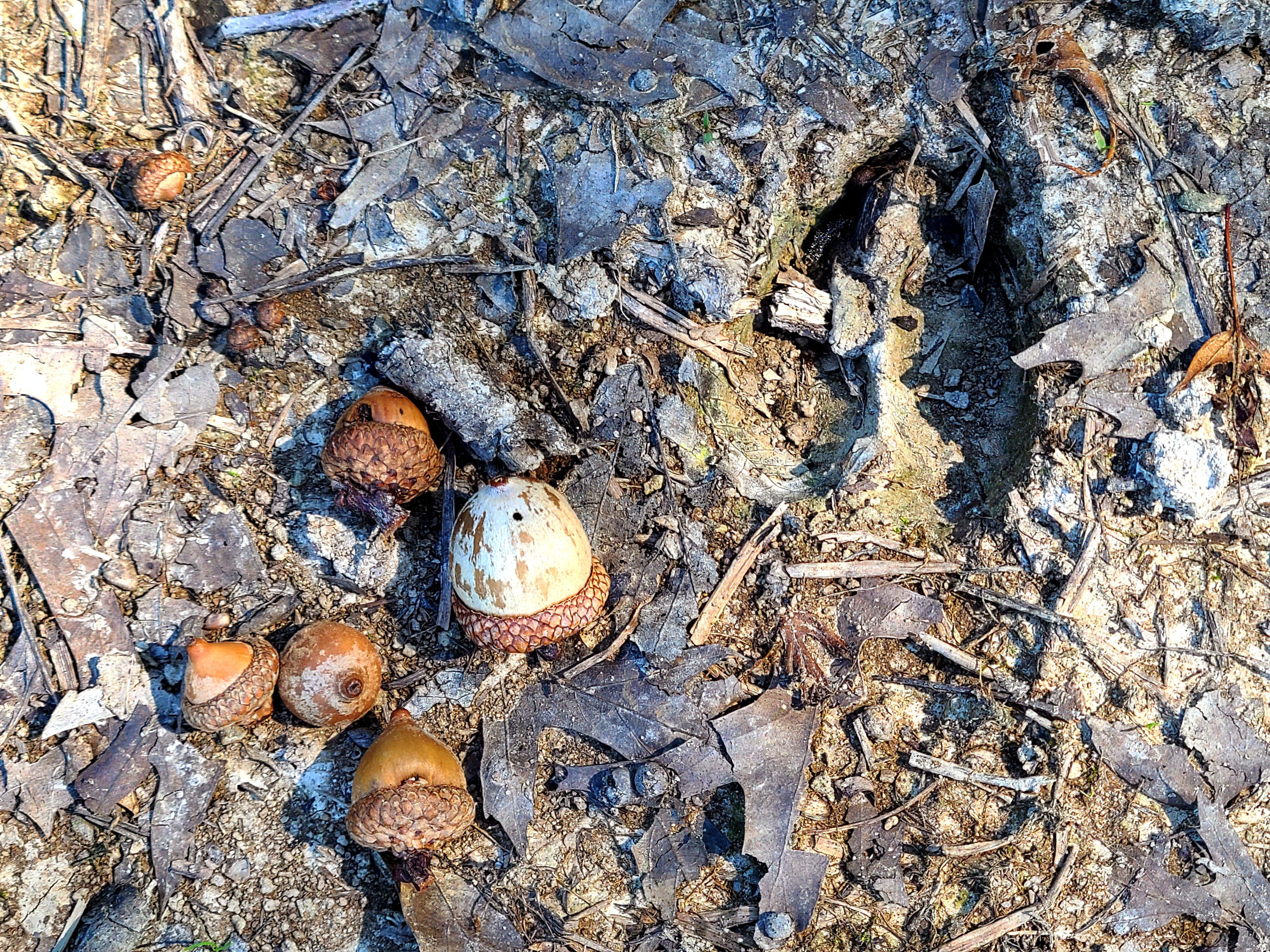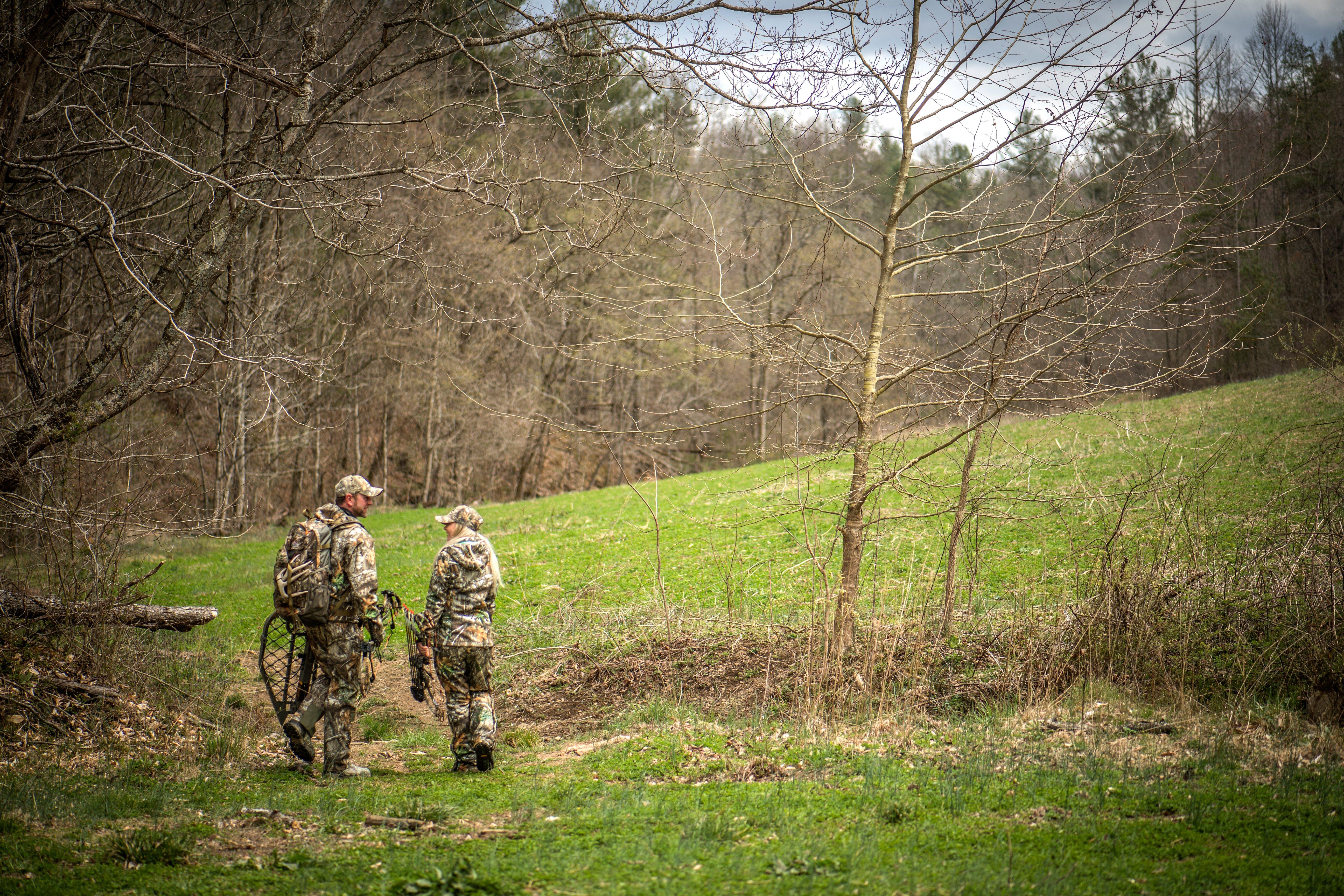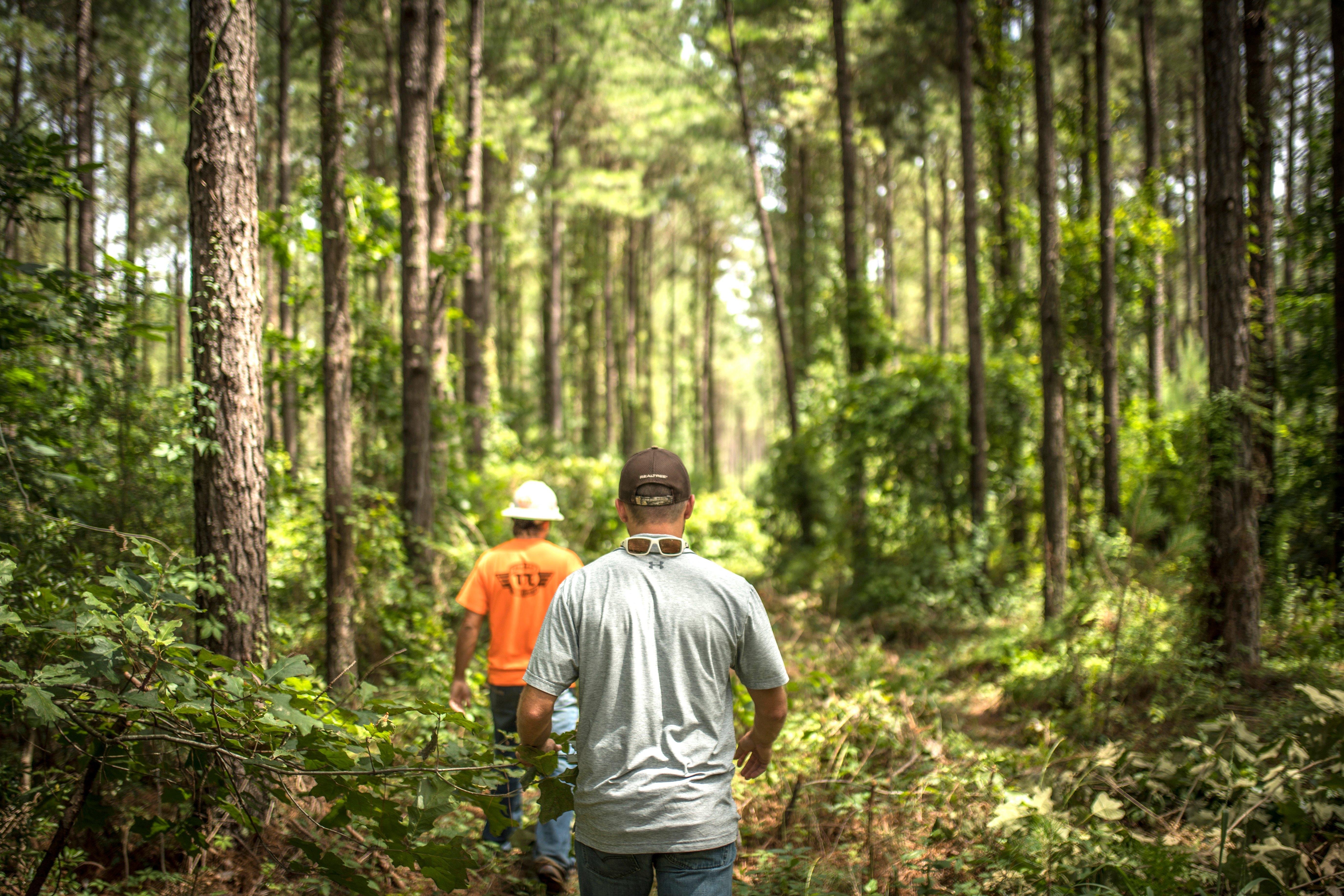Being able to quickly assess a property’s potential to produce big bucks is important before shelling over cash. This five-step plan makes it simple

That piece of hunting ground might not be as good as you think. Grade it to find out. Image by Rich Waite
Type “deer lease near me” into the search bar of your web browser and you’ll be instantly inundated with offers to pay for the right to hunt on private property. But how do you know that the land being offered for lease is good deer hunting property? How does it compare to surrounding land? If you’re going to invest time and money into a deer hunting property (whether buying or leasing) you need to treat it as you would any other investment, and that means doing your homework.
For most hunters a simple walk around the property is sufficient, but if you’re serious about consistently tagging big bucks, you should have something slightly more structured than looking at a few trail camera pictures (that may or may not have come from that land) and a cursory walk around the property.
That’s why I think it’s valuable to use a grading system for any potential new deer hunting property. By using a simple matrix, you can identify the strengths and weaknesses of a particular patch of earth. Taking the time to assign a grade to a potential property is going to give you a good idea of the potential return on your investment. Some aspects of the deer land “report card” can be improved upon, like cover and food sources. Others aspects like hunting pressure and genetic potential are more challenging (and perhaps impossible) to address. You can spend tens of thousands of dollars on lease fees, equipment, and seed only to find that the land simply isn’t going to produce trophy deer on a consistent basis. Once you’ve signed the lease agreement, you’re left to do the best with the land upon which you’ve paid to hunt.
Don’t Miss: HOW MUCH DO DEER DISEASES COST US?

Hunting land needs to check numerous boxes to be “good” or “great.” Image by Brad Fitzpatrick
DEER LAND REPORT CARD
Your personal hunting land report card might grade potential property on any number of factors, but to simplify the process I believe that you should evaluate land on five different categories. My personal graded areas are listed below.
Soil Quality: Any farmer will tell you that not all soil is created equal, but soil quality has a major impact on trophy potential. I’ve spoken with several land managers and biologists regarding whitetail management, and every one of them has suggested a laboratory soil test. This is crucial because you need to ensure that the proper nutrients are in the soil and that they are available to deer in the form of food crops. Testing soil pH will help you determine if the soil is too acidic, and this will help you to improve the trophy potential on your land.
Without a soil test, you are forced to guess whether the land needs lime or fertilizer and how much to apply. A soil test will also provide you with an indication of how much time, effort, and money is required to make the land suitable for trophy hunting. In many cases you can improve the soil quality, but that’s going to require an additional investment. If the property scores high in other areas of the report card, soil improvement may be worthwhile.
Natural Cover: Learning to identify cover quality is critical to properly evaluating any deer hunting property. CRP fields, blackberry thickets, and cedar groves all get extra credit in this portion of the evaluation, and the amount of available cover is also worth considering. Cedars provide thermal cover that will help whitetails survive cold winters, and ample cover is critical to drawing deer to your land.
It’s equally important to recognize habitat that doesn’t serve as effective whitetail cover. Many non-native plants like bush and Japanese honeysuckle may look like suitable cover, but these plants offer whitetails very little value in reality. Bush or Amur honeysuckle is particularly common in the eastern United States but because it offers very little ground cover it isn’t a favored habitat for deer. Whitetails are exceptionally adaptable and can survive in most any habitat, but good natural cover earns high scores on this evaluation.
Don’t Miss: IS THE WHITETAIL LOTTERY WORTH IT?

Food and pressure are two major components of hunting land. Image by Bill Konway
Natural Feed: Natural food sources will attract and hold deer, but not all food sources are created equal. When I evaluate natural food sources I break the category into three different categories: seasonal crops, mast crops, and browse. Seasonal crops like corn and soybeans will provide deer with a ready food source during the summer and fall, but what about winter and spring? Make note of trees on the property and pay special attention to the ratio of high-quality mast-producing trees, like oaks, compared to less attractive tree species like elderberry and spruce. Persimmons and apples are also a favorite food source and any property that offers them will draw in deer. Properties that offers lots of mast crops will feed deer throughout the hunting season and may attract deer to your property in the late season. Of course, you can supplement this with food plots, but the best properties offer deer a wide range of native food sources and will be more appealing than surrounding properties with fewer year-round food sources.
Pressure: Hunting pressure should be an important consideration anytime you evaluate a property. Deer that are hunted regularly learn to avoid humans quickly, and often this means they’ll become nocturnal. This is particularly challenging when you’re hunting small acreage, so take the time to assess surrounding areas. A neighbor with a deer lease isn’t always a problem, and often a nearby property that is properly managed and isn’t over hunted is actually beneficial. I’ve seen this first-hand on a property that I hunt. For years the neighboring farmer was very generous and offered access to anyone who asked permission to hunt. As a result there were lots of hunters chasing deer across that property from opening morning to the waning hours of last light on the final day of the season. When the property came under hunting lease the pressure dropped dramatically, and that was a benefit for surrounding properties as well. Age structure improved, which is essential to harvesting big deer on surrounding areas because every 2 ½-year-old buck wasn’t being gunned down by weekend hunters.
Genetic Potential: Genetic potential is sometimes difficult to gauge, but areas that consistently produce large deer have the genetic potential to continue producing trophy bucks so long as the age structure of the deer herd isn’t negatively impacted by hunting pressure. Still, you must be realistic about the potential for trophy quality in a given area. Record book entries will give some indication of the potential for growing big deer, but this isn’t entirely accurate because it doesn’t take into account variations between private and public land and the quality of deer management.
Just because a property has not produced big deer doesn’t mean it won’t produce big deer, though. The whitetail gene pool is fluid since deer are consistently moving in and out of the area and occupying new habitat. Nevertheless, some areas consistently produce big bucks and hunters should be realistic about the trophy potential.
Don’t Miss: THE BEST LATE-SEASON FOOD SOURCES FOR WHITETAILS

Analyze the quality and volume of natural food sources on the landscape. Image by Bill Konway
SAMPLE REPORT CARD
What follows is a sample report card for one area that I have previously hunted in Ohio. This will give an indication of how an area could be assessed as a hunting property.
Soil Quality: The soil quality in this particular area was quite good. The land had been used for farming, the soil was rich in nutrients, and it benefited from years of careful management by the landowner. Soil tests confirmed that the ground was not extremely acidic.
Grade: A
Natural Cover: This property ranks poorly in terms of natural cover for two reasons. First, much of the land is mowed continuously and no cover crops are planted following harvest. Second, many of the areas that should comprise high-quality cover are overgrown with Amur honeysuckle which is of little value to whitetails. The landowner has been taking steps, however, to improve the habitat and patches of blackberry and native grasses have been restored in some areas.
Grade: C
Natural Feed: Approximately one-third of the property is covered by timber, and there is a good mix of red and white oaks that produce ample acorn crops in most years as well as sassafras, blackberry, and other food sources for deer. Despite large patches of honeysuckle, this property produces natural mast crops and browse that, in combination with agricultural crops, provides a year-round food source. Food plots could enhance the property, but there is sufficient natural food.
Grade: B
Pressure: The property is small and is surrounded by other properties, where hunters harvest deer annually. Approximately half of those properties use effective management strategies that will improve age structure, but deer in this area are certainly pressured.
Grade: C
Genetic potential: This area has produced multiple bucks in the 160+ range and the area is known for producing record-class deer.
Grade: A

Big deer won’t live on the property unless it provides what they need to thrive. Image by Brad Fitzpatrick
Overall:
| Category | Grade |
|---|---|
| Soil | A |
| Natural Cover | C |
| Natural Feed | B |
| Pressure | C |
| Genetic Potential | A |
| Overall | B |

Topography can greatly impact hunting land quality. Image by Bill Konway
Being able to accurately evaluate a property will help you make wise decisions when buying or purchasing, but this report card can also help you identify weak areas on properties you currently hunt. By taking the time to carefully evaluate a property you’ll have a better understanding of the effort required to produce maximum results, and it also provides an easy method for comparing potential lease properties before you spend your money.
Don’t Miss: 8 WAYS TO HOLD LATE-SEASON DEER ON YOUR HUNTING LAND












